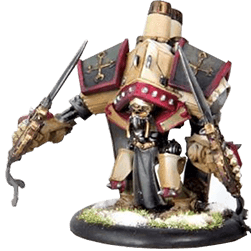Mar. 30, 2020
There are graphics and numbers on poker, and they are simple and light. They can be varied and fascinating. They can effectively cultivate children's interest in learning mathematics. Parents can guide children to play poker and play math games according to their needs. Not only can children recognize numbers, count numbers, distinguish colors, compare sizes, recognize pictures, recognize adjacent numbers, add and subtract operations, etc., they can also press A certain feature classification and regular ordering make the boring and abstract mathematical knowledge live and gamify so that children can have fun and learn happily. Below are Tabletop Game Manufacturers to introduce you to 10 kindergarten poker games.
I. Single-player: 1. Divided family: Its purpose: Practice classification playing method: Each player has a deck of cards, and the teacher provides the classification basis by language: First, the playing cards are separated by color (red cards, black cards, etc.) Separate the playing cards according to the graphics (red hearts, grass flowers, squares, etc.) Finally, divide the playing cards according to the numbers (1-10, etc.)
2. The purpose of queuing: practice sorting. How it plays: Each player has a deck of cards, and the teacher uses the language to provide a sort basis: 1. Sort by color (red-black-red-black, etc.). 2. Sort by graphics (red peach-grass flower-square-red peach-grass flower-square, etc.). 3. Sort by numbers (1-2-3-4-5-6-7-8-9-10-1-2 -...).
3. How to play with pendulum decomposition: Choose four groups of 1-10 playing cards. According to the acquired knowledge, children use poker to decompose. For example, the teacher gives 3, and the child puts out the decomposition formula of 3 and says that 3 can be divided into 1 and 2, and 3 can be divided into 2 and 1. In the game, you can guide children to find out the rules.
Cards Game
4. Calculate how to play: Based on the decomposition of playing cards, children can choose from 1-10 playing cards. Addition and subtraction calculations can be made by children, or addition and subtraction calculations can be made by teachers at will.
Second, two-player: 5. Pairing purposes: identify numbers, practice equal sets. How it works: Two players in a group. After the cards are dealt, A draws a card of B, and then A finds out from his own cards the same number of cards drawn and puts them aside and can no longer be used. Then it turns to draw a card for B. By analogy, the first match is the winner.
6. Who will be eaten? Purpose: Practice comparing numbers. How it works: Two players in a group after the cards are dealt out, the cards flow out of the cards. Each player plays a card that is larger than the number of the card in his hand. If the numbers of the two cards are the same, they are separated. Take it back. If they are not the same, then the card with the highest number can “eat” the card with the lower number (the two cards should be placed next to each other after the card is eaten, and the cards cannot be repeatedly played) until the cards are finished. There are more cards than one, and those with more cards win.
There are many ways to play the China Cards Game fun Card Games to attract people of all ages. If you want to buy, you can contact us.
Previous: What are the Uses of Playing Cards?
